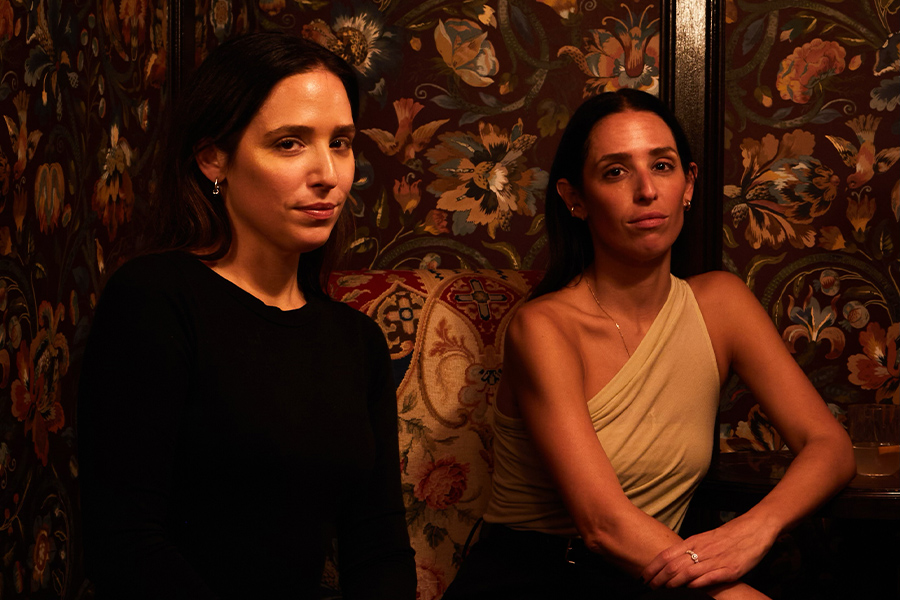Get to know Carla Niemann, Dallas-based Premier Project Management’s senior vice president of design, who talks evolving design, trends to stay and go, and her projects on the boards.
How are you seeing hotel design changing?
The demographic of the hotel clientele continues to shift, with millennials making up the bulk of travelers. The hospitality industry is shifting to align to this trend, where the experiential nature of the hotel stay is being prioritized. Over the past few years, the importance of capturing the locale within the interior design has become paramount, and this will continue to develop over the next five years.
I love seeing the creativity that designers and architects are showing in creating experiential hotel destinations, such as eco-resorts, low—or no—technology-allowed resorts, treetop cabins, simple one-room cabins in beautiful natural locations, and buildings made from shipping containers. There’s been geodesic domes, and an increase in modular or prefabricated designs—lots of innovative structures that play with geometry. Materials are working harder, with many having a duplicate purpose.
What are some new technologies we’ll see integrated into guestrooms in the next five years?
That is the age-old question that we continue to discuss at the start of every project. Someone told me the other day the best way to design for future technology is to basically not worry about it, because whatever we think will be the next thing will probably be something very different from what we imagine. We’ll see more digital-centric amenities— voice activated controls (using technology like Google Home, Alexa, or Siri), for one. We’ll definitely be seeing more wireless capabilities, where guests can utilize their personal devices within the hotel room with ease. Of course, we always have to focus ourselves on what today’s technology can provide, but we should be making what we do today flexible, providing enough power to the room so that it can be modified or work with whatever next big idea the tech gurus come up with.
Give us one of your best stories from the trenches.
There is the old adage, “fool me once shame on you, fool me twice shame on me.” Never believe that the carpet that’s in the shipping container will actually arrive until it arrives. And never, ever allow demolition on a large renovation to begin without the carpet in the warehouse. Trust me on this—you have no control over natural disasters, floods at the factory, ships sinking, or orders being held up at customs.Without the carpet, our demolished project is dead in the water, losing revenue until we can get the product. Tables and chairs can always be rented, walls can always be painted, temporary lights can be installed, but no carpet in a ballroom renders it unusable.

What trends do you see clients gravitating toward and what are they shying away from?
Clients are looking for designs that will last. They’re looking for quality, but without the price tag. Our clients are concerned about a downturn in the economy, and so the designs may need to last longer than normal. If there is a downturn, the CapEx funds will reduce (or disappear completely), and therefore the design that is left needs to withstand the test of time and trends. Clients are looking for a design that does not sacrifice quality for a cheaper alternative.
In terms of materiality, porcelain tiles are really cool and trendy now, but tiles also typically need to last two or three rounds of renovation cycles. Technology has allowed architectural materials, like tile, to develop rapidly over the last few years. There are so many new tiles coming into the market. Although many are cool and trendy, trends always fade. We don’t want to use these types of tiles at a high volume, but we can use them in small amounts.
What product categories are people throwing their money at?
Clients rely very heavily on their social media presence when looking for ways to increase return business. While not a product, I see clients beginning to spend more of their resources on branding. The prevalence of social media is making it more and more important for the hotel to have a clear brand story. There are so many talented branding studios out there right now—I love to collaborate with them and hear their inspiring ideas.

What are they value engineering?
The short answer is everything. Owners, rightly so, are very focused on pricing. We encourage them to concentrate on items that may not matter: carpet instead of a hard-surface floor in guestrooms, or a less expensive tile in the showers. On the flip side, I want them to spend more money on lighting. While it may seem like a no-brainer to designers and architects, as we obviously appreciate the value of a well-lit space, sometimes its low-hanging fruit for value engineering. That being said, I think that clients are beginning to see the value of a well-lit space, with high and low lighting—a space where you can’t put your finger on what is making it so cool, but it is.
What’s on your boards?
We have a wide range of projects on our boards. We have a couple Autograph and Tribute conversions, the guestroom renovation at the Seattle Marriott Waterfront, and a few projects at the Ritz-Carlton, Lake Tahoe in the near future. Some multi-family projects are also popping up, which is fun for us.


